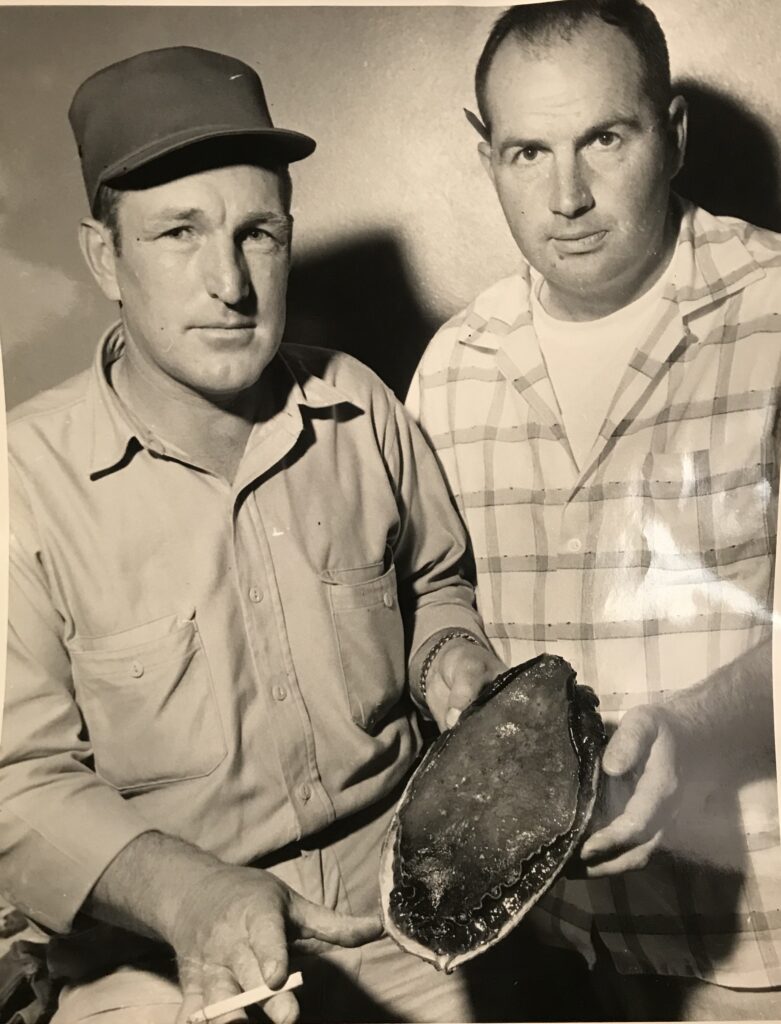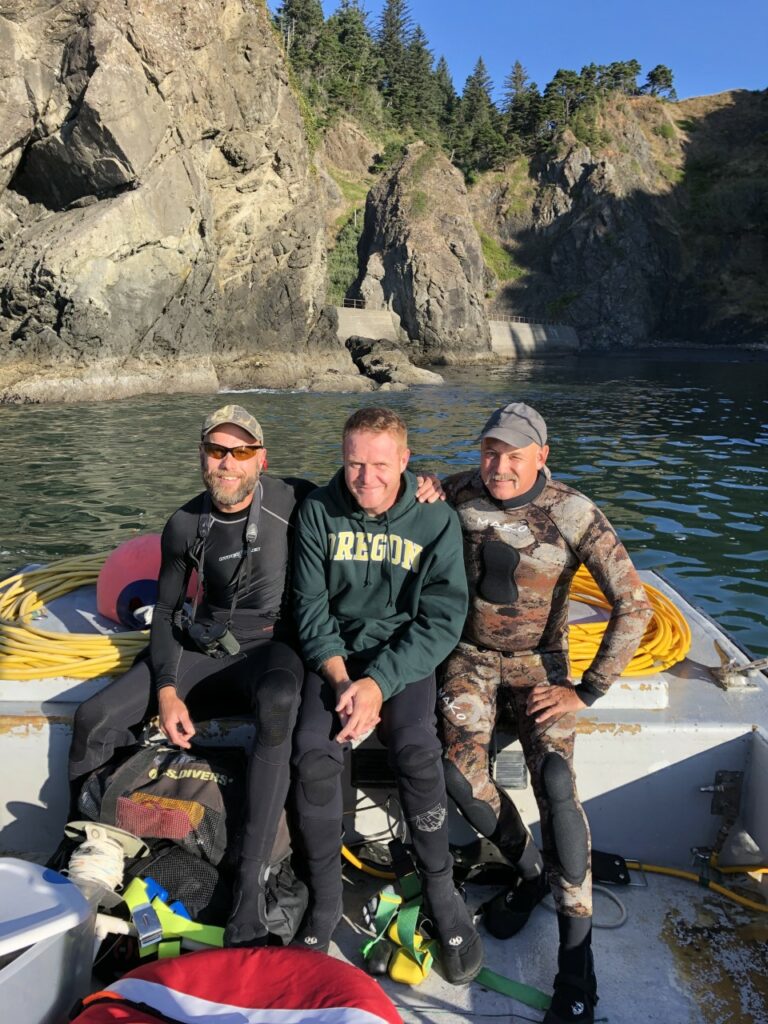While coming to an end with my red abalone conservation and management project with Sea Grant and ODFW, I’ve come to appreciate the resources and reflections I’ve been fortunate enough to have throughout this experience.

In particular, through the collaboration of this fellowship between ODFW and Oregon Sea Grant, I was provided with a unique opportunity that allowed me to utilize my biological knowledge of marine species in the Oregon environment and apply that information in a real and effective way. Creating tangible change in the world of biological management can be difficult to achieve without understanding political boundaries, conservation constraints, and management collaboration. I was fortunate enough to be able to combine information I gathered in my master’s program at the Oregon Institute of Marine Biology with a key fisheries and conservation issue facing Oregon’s dynamic subtidal environment. Through guidance by fisheries management personnel, I drafted a conservation and fishery management plan for the recreational red abalone fishery in Oregon.
Working with complex and advanced networks of scientists, managers, and administrators came with it’s own set of advantages and complications. One of the most important lessons I learned throughout this process was that effective management can only be implemented through careful consideration of diverse stakeholders, scientific investigation, historical understanding, and contextualization through current socioeconomic factors. A breakdown of any one of these considerations will diminish the long-term application of scientific understanding to conservation and management policies. As an undergraduate at OIMB, I learned a wide variety of biological concepts and processes of marine invertebrates that were fascinating and exciting. However, I rarely considered what the application of these concepts could look like within a social, economic, or historical context. When I began working at ODFW following graduation at OIMB, it became clear that while understanding the biological processes of marine organisms was a vital component of managing resources, it was not useful without proper communication and implementation of this information. In particular, my master’s project focused on increasing the biological and ecological body of information available for a large marine snail that has garnered the attention of divers and fishery participants worldwide, the red abalone. Investigating the history of red abalone presence in Oregon was a particularly fun adventure, as I was able to create a timeline of agency biologists’ involvement with red abalone as a resource and through a changing environment. A favorite of mine was the documentation of an exploratory commercial fishery effort in the late 1950s, in which a series of photos of a biologist at the time, Dale Snow, pictured with a contracted SCUBA diver and a red abalone showed the staging of this particular moment, complete with a pencil behind the ear of the biologist, and a cigarette lit just for the picture in the hand of the diver (see below).

Having the ability to look back in time and see the history of work done by agency biologists allowed me to have a deep appreciation for each era of management and science. Moving towards a more ecosystem-based management strategy allows scientists and managers to work together to collaborate on advancing scientific understanding of marine resources and applying that knowledge directly to conservation and management. New technologies have allowed scientists to investigate data-deficient situations, such as the red abalone population in Oregon. I was able to collaborate with scientists at UC Davis in California to add to the body of information on red abalone populations throughout Oregon and California using genetic data. Collecting genetic samples in Oregon required further collaboration with academic researchers, commercial and recreational divers, and agency knowledge from previous biologists that detailed the habitat and presence of the elusive and cryptic red abalone in Oregon.


Utilizing historical understanding, agency management frameworks and advice, and application of modern data techniques allowed me to create a conservation and fishery management plan that relies on the strength of collaboration and inclusion. I have learned how vital positive communication techniques are to the scientific and management process through my Oregon Sea Grant Fellowship with ODFW. I hope to continue to grow and learn more about effective application of biological information through careful communication and informed policy throughout my career. I look forward to continuing to work with Oregon Sea Grant through my next role as a Marine Reserves Science Communications Fellow with ODFW beginning in 2023.
Thank you to all of the incredible collaborators, scientists, managers, and friends that have encouraged me and contributed to this project. And of course thank you to Oregon Sea Grant and ODFW for making this project possible, and the quirky and elusive red abalone in Oregon that I hope to positively affect through this work!
Signing off,
Kendall Smith



Congrats on your new degree, Kendall, and thank your for your reflections on science/management collaborations! It’s great that you not only successfully integrated your Master’s research into a draft fishery management for the red abalone, but you also effectively engaged with a diverse set of partners to make it all happen. I really like that you were able to dig into the history of the fishery as well. Nice work!